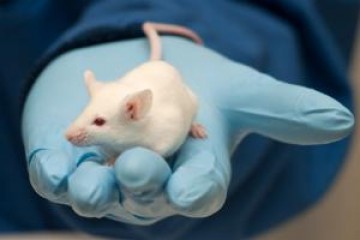Project grant
The behaviour of laboratory mice as an indicator of welfare state in genetically modified mice

At a glance
Completed
Award date
May 2005 - September 2006
Grant amount
£135,621
Principal investigator
Professor Christine Nicol
Co-investigator(s)
Institute
University of Bristol
R
- Refinement
